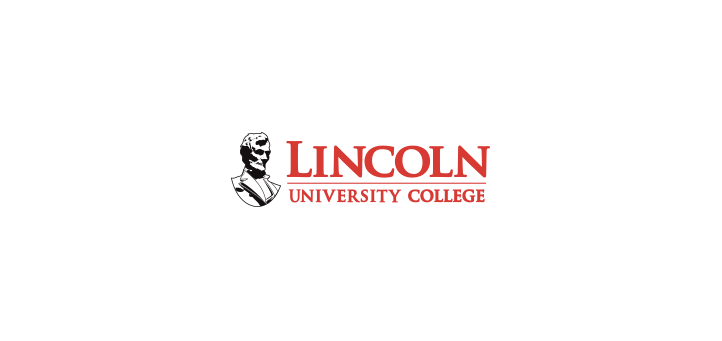
LINCOLN UNIVERSITY COLLEGE
EXAMINATION PAPER
FACULTY: COMPUTER SCIENCE AND MULTIMEDIA
COURSE: MASTER OF COMPUTER SCIENCE
YEAR/ SEMESTER:FIRST YEAR/SEMESTER ONE
MODULE TITLE: OPEN SOURCE TECHNOLOGY
CODE: MCSO 123
TIME ALLOWED:3 HOURS
Instruction to candidates
1. This question paper has THREE (3) Sections.
2. Answer ALL questions in Section A, VSAQ
3. Answer 7 questions out of 9 in Section B, SAQ
4. Answer 2 questions out of 3 in Section C, LAQ
5. No scripts or answer sheets are to be taken out of the Examination Hall.
Do not open this question paper until instructed
(Candidates are required to give their answers in their own words as far as practicable)
SECTION A
Very Short Answer Questions Attempt all questions
7*2=14
1. Define Routing in Packet Switched Network.
2. Define the term acceptance angle.
3. What are splices connector and coupling in the context of optical fibre communication?
4. How the synchronous and asynchronous transmission work?
5. What is time switch and space switch?
6. What is signal to noise ratio?
7. How does optical fiber works?
SECTION B
Short Answer Questions
Attempt any seven (7) questions out of nine (9) questions[7×8-56]
1. Why is there a need for unreliable transport layer protocol when TCP already provides guaranteed delivery of packets?
2. What is congestion and flow control? List and explain QOS enhancement method and control over congestion in detail. [3+5]
3. Draw and explain the different components of Shannon’s communication model.
4. Why do Microwaves are used for Satellite Communications? State and explain Kepler’s First law and Second Law. [3+5]
5. What is Radar? Explain the ISDN architecture in detail. [2+6)
6.. Define SIP and explain its role in VoIP communication. [2+6]
7. Discuss with suitable example the need for electro-optic components in the context of optical communication.
8. What is VOIP, how it works? Explain about QPSK. [3+5]
9. Write short notes on: [4+4]
a. GMPS b. Iridium
SECTION C
Long Answer Questions
Attempt any two (2) questions out of three (3) questions[2×15=30]
1. State the different layers in a TCP/IP communication model. Why is there a need for a layered architecture? Discuss the roles of each layer. [3 +3 +9]
2. ADerive the relation of Critical Angle, Numerical Aperture for optical fiber. [9]
B. A step index multimode fiber with a numerical aperture of a 0.20 supports approximately 1000 modes at an 850 nm wavelength.
i. What is the diameter of its core? [2]
ii. How many modes does the fiber support at 1320 nm? [2]
iii. How many modes does the fiber support at 1550 nm? [2]
3. Briefly discuss the evolution of mobile communication from IG to 5G.
****BEST OF LUCK**




